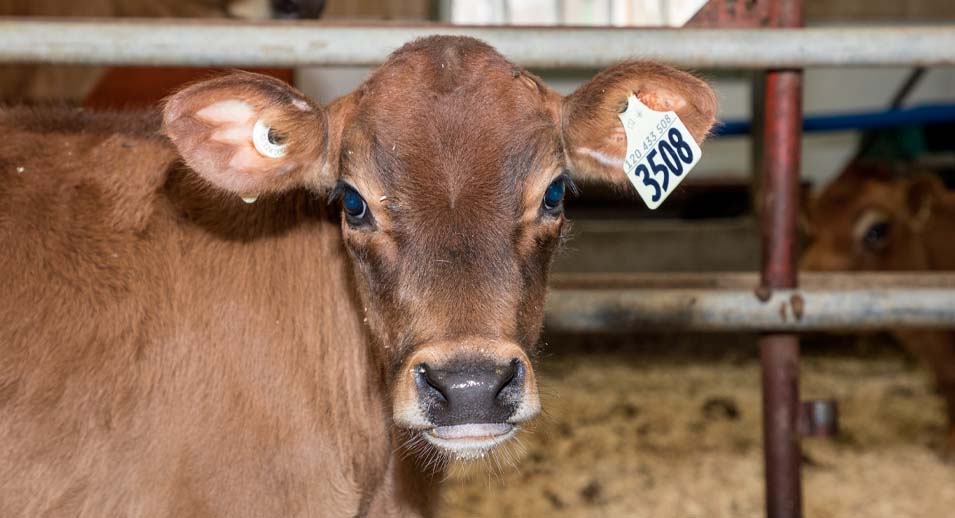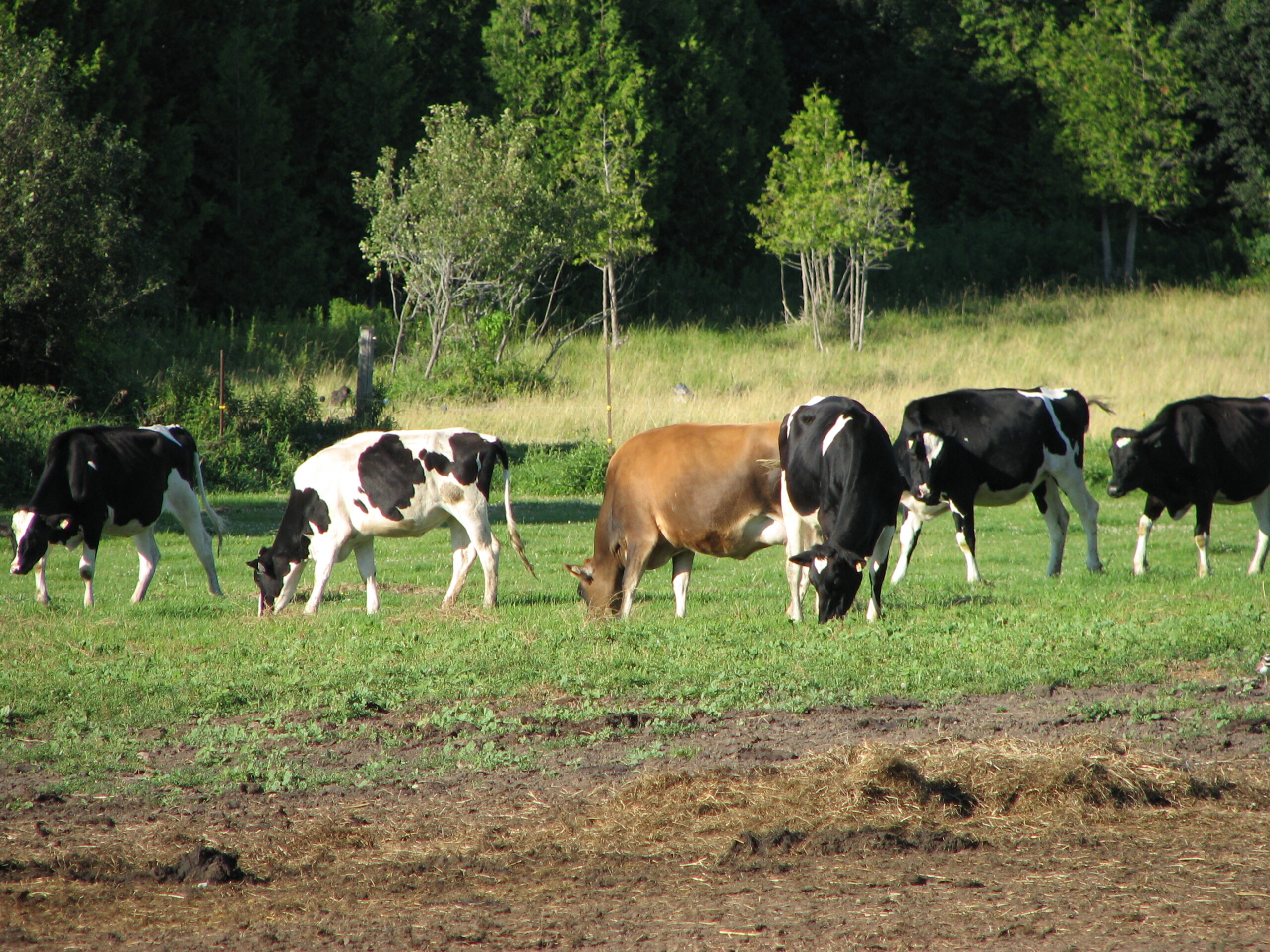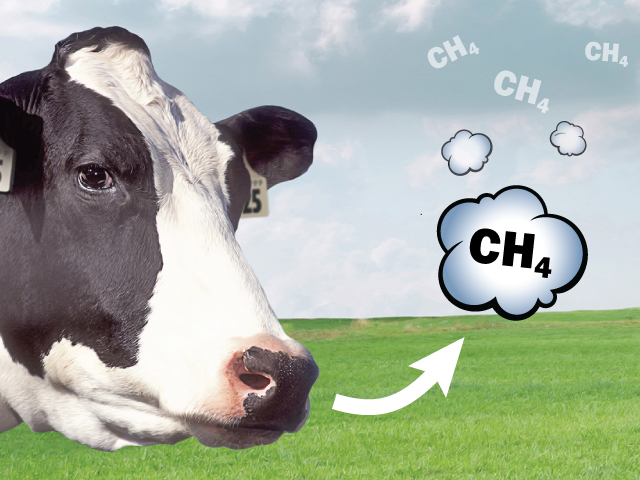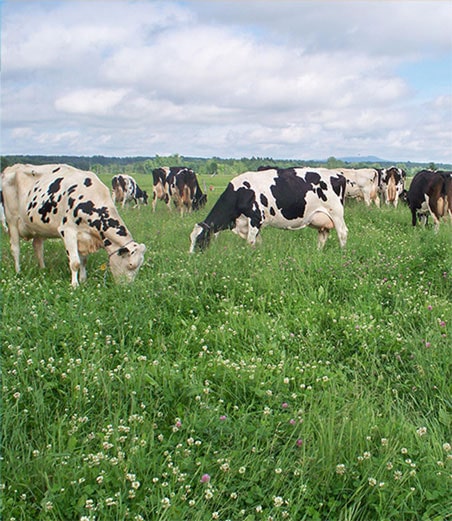Herd Sustainability Makes Sense!
- July 4, 2022

Observe to Better Manage
To be productive, animals must remain healthy. Health is often related to animal care, observing their behaviors, and all those little details that help prevent problems. Decreased feed intake, mild signs of lameness, mastitis, heat stress and increased resting time are just a few examples of observations that can guide early corrective actions.
A major cost to any business is employee turnover—on a dairy farm, this goes double. In addition to the people who work on the farm, there are the animals that work there as well. Replacing a good cow that was still productive is expensive, as is replacing your good employees. Not only is there housing space to be considered for the cows, the feeding and labor time to bring a heifer to her productive life requires a lot of investment and follow-up. Wouldn’t it be great to have a tool that helps us do all these follow-ups at a glance?
A New Tool to Help You
Lactanet’s new Sustainability Index for dairy herds on milk recording has been developed to reflect the results of your efforts to keep your cows longer, productive and healthy.
From Birth to Leaving the Herd
For the cow longevity component, the index takes into account the number of cows in 3rd lactation or higher, as well as the involuntary culling rate. Cow and calf mortality are also used to measure the efficiency of keeping animals on the farm for a long time. Age at first calving was selected as a part of this index in order to represent the impact on workload for care and feeding and the need for housing of these animals.
| The reasons for involuntary culling are: | |
|
|
Winning Indexes
For productivity, the new Management Index allows you to compare the actual production of your cows against their genetic potential, which allows you to set the objective of having older cows that are also productive. The Transition Index allows you to estimate the productivity of cows at the beginning of lactation, and it reflects the risk of seeing animals leave the herd before 60 days in milk.
Prevention is Key!
For the health component, the selected indicators give a picture of the proportion of your animals that have the least problems. The fewer animals we have with problems, the more time we have to devote to prevention and care of the whole herd. Extreme milk urea values (consumption problems, reproduction problems), high BHB (ketosis), and cows with high somatic cell counts allow us to evaluate the herd global health.
Where to Look for Your Sustainability Index?
Finally, together, all these indicators allow us to evaluate the sustainability of the herds enrolled in milk recording. Each herd is ranked on a scale of 1-99, and this score is your Sustainability Index. It can be viewed on MySite, along with other milk recording reports. The Sustainability Index is generated three times a year: in April, August and December.
Steps to view your report
- Install the IBM Cognos Active Report Viewer application to view the report on your computer or mobile device:
- Download for desktop
- Download for Android (requires version 7.1 or newer)
- Download for iOS (requires version 12.4 or newer)
- Log in to MySite, click on the “Reports” menu, then type “Sustainability” into the search tool.
- Download your report and view it from the app you downloaded.
For more information...











